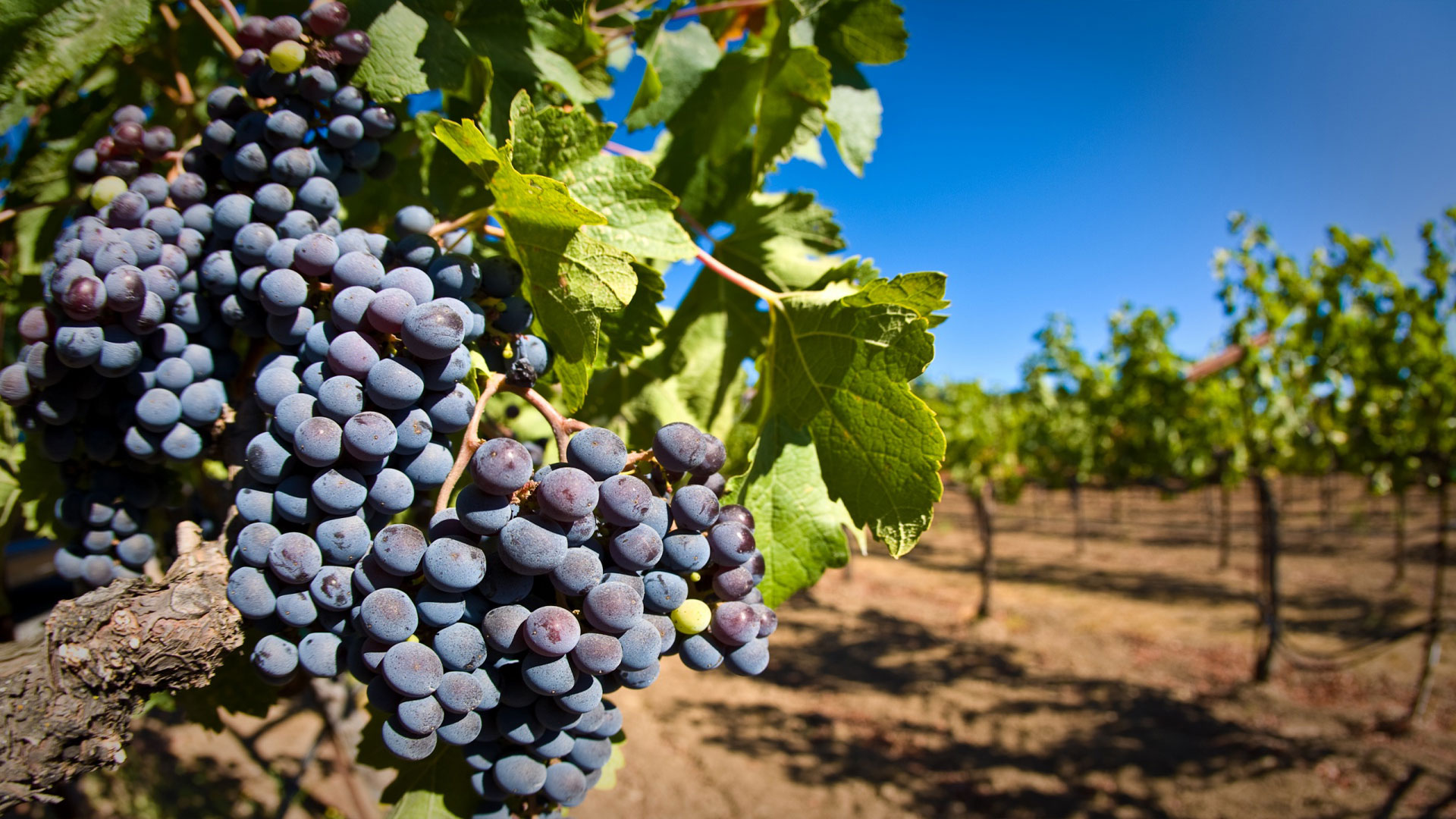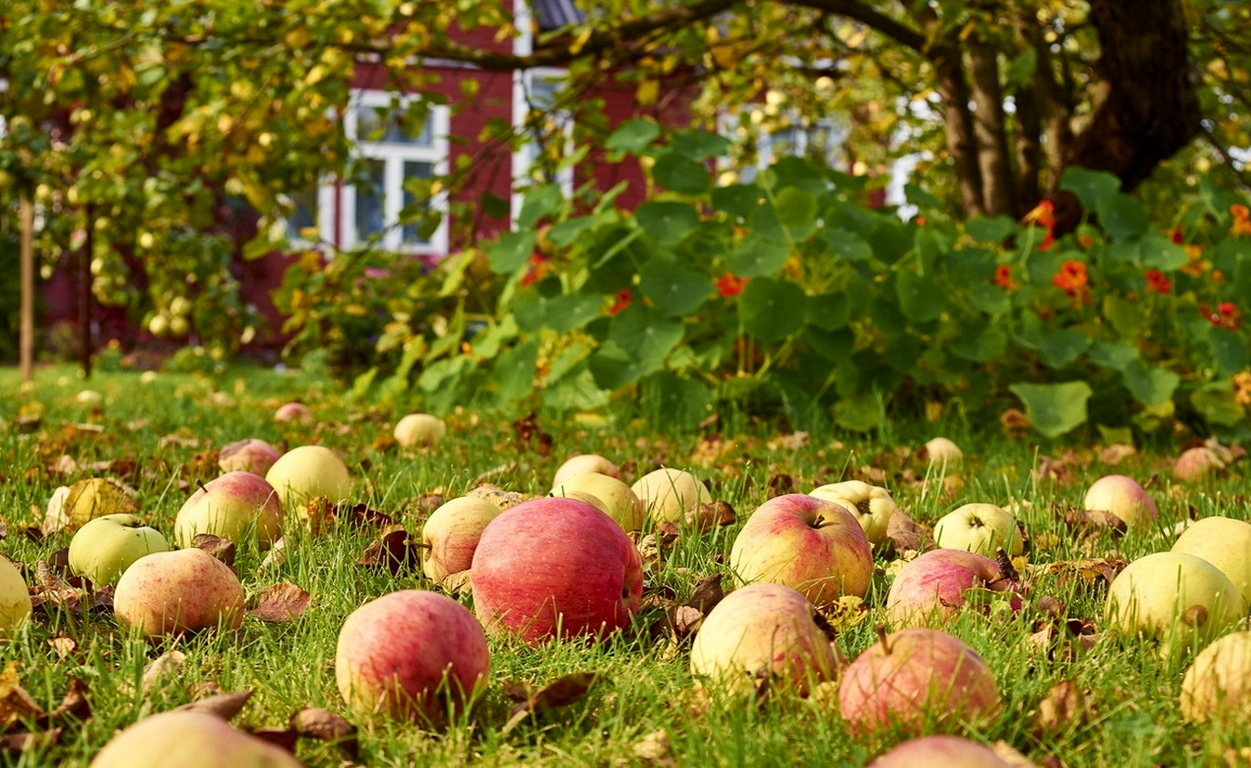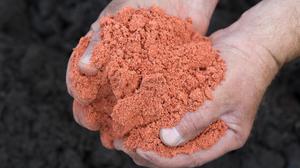 Fertilizers play an important role in gardening and floriculture: thanks to them, even the most hopeless plants can be revived and cured, and their growth and fertility can be stimulated. Different fertilization options are used depending on the needs of the soil and plants.
Fertilizers play an important role in gardening and floriculture: thanks to them, even the most hopeless plants can be revived and cured, and their growth and fertility can be stimulated. Different fertilization options are used depending on the needs of the soil and plants.
Fertilizers
All fertilizers are divided into:
- Mineral - inorganic substances that are extracted artificially: nitrogen, potassium, phosphorus;
- Organic - top dressing created by living things: humus, manure, straw, green manure.
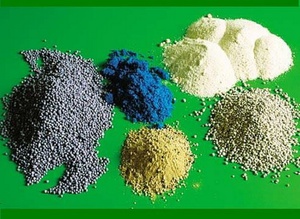 The former are easier to use, cheaper and more compact, they do not need to be prepared or wait for the result, and therefore most gardeners prefer to use mineral options. Fertilizers differ depending on the active substance:
The former are easier to use, cheaper and more compact, they do not need to be prepared or wait for the result, and therefore most gardeners prefer to use mineral options. Fertilizers differ depending on the active substance:
- Nitrogen;
- Phosphoric;
- Potash;
- Calcareous, which contain calcium;
- Chlorine with sulfur;
- Complex, which include several active substances.
Depending on the needs of the plants themselves and the choice of soil, different fertilizers are chosen. Potash is one of the most popular.
Potash fertilizers
Potash fertilizers are the suppliers of potassium. It has many beneficial properties:
- Helps the plant protect itself from some pests;
- Increases immunity and resistance to disease and weather conditions;
- Improves taste and allows the crop to be stored longer and less spoilage during transportation;
- Combines well with other minerals, especially nitrogen and phosphorus, complementing their action.
Almost all plants easily assimilate potassium, since the substance in the form of salt is part of the cell sap.
Lack of potassium leads to impairment of plant growth and development, their drying and weakening, leaves and fruits become smaller, taste is lost. Also, the crop with a lack of substance is worse stored. You can find out about the lack of substance by the appearance of the leaves: they darken, dry and wither, burns appear at the edges, and can curl up into a tube.
With a lack of the mineral in individual weak plants, an outflow of potassium from stronger plants may begin. This can lead to drying out of all plants and their death.
Types of potash fertilizers
There are several types of potash fertilizers that can be used on the site. They differ in the content of the active substance and the methods of application.
Potassium Chloride or Potassium Chloride
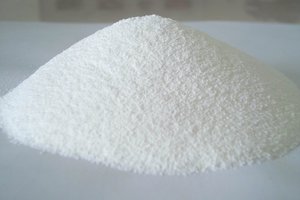 The potassium content is 52–62%. Outwardly, it is a white silt pinkish powder with a metallic sheen, which dissolves easily in water. Potassium chloride is produced by natural potassium salt, which contains up to 15% potassium, as well as a large amount of sodium and magnesium salts. It is not suitable for berry crops and tomatoes due to its high chlorine content.
The potassium content is 52–62%. Outwardly, it is a white silt pinkish powder with a metallic sheen, which dissolves easily in water. Potassium chloride is produced by natural potassium salt, which contains up to 15% potassium, as well as a large amount of sodium and magnesium salts. It is not suitable for berry crops and tomatoes due to its high chlorine content.
It is used as the main fertilizer on any soil; it is applied to the ground in the fall after digging the beds. The dosage is 15–20 grams of substance per 1 sq. m of land.
Potassium sulfate or potassium sulfate
Contains up to 50% active substance, as well as about 18% sulfur, 3% magnesium and less than half a percent calcium. Represents small yellowish crystalswhich are dissolved in water. Suitable for all types of soils, useful for legume, cruciferous and simple-flowering families.
They are used in the fall after digging up the beds, the rest of the time - as a recharge. The dosage is 25 grams per square meter. m.
Potassium nitrate
Best suited for plant nutrition during the ripening period and for greenhouse crops. Potassium (38%) and nitrogen (13%) are active elements.
It is applied in the spring before sowing seeds, dosage is 20 grams per 10 liters of waterwatered 1 sq. m beds. It can also be used to feed plants during active growth, bud creation and fruit development. To avoid saturating the soil with nitrogen, it is recommended not to use nitrogen fertilizers at the same time as potassium nitrate. In other cases, the dosage must be reduced by at least 2 times.
Potassium salt
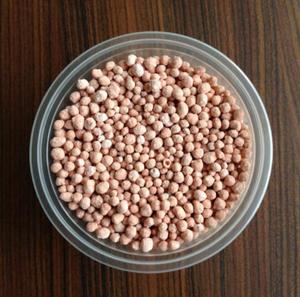 In composition, it is similar to potassium chloride, but has a higher concentration of chlorine, which is why it cannot be applied to plants that do not tolerate the substance. Potassium salt produced from a mixture of sylvinite and potassium chloride - in this case, the content of the active substance will be 40%. If potassium chloride is mixed with another ore, the potassium concentration will be reduced to 30%.
In composition, it is similar to potassium chloride, but has a higher concentration of chlorine, which is why it cannot be applied to plants that do not tolerate the substance. Potassium salt produced from a mixture of sylvinite and potassium chloride - in this case, the content of the active substance will be 40%. If potassium chloride is mixed with another ore, the potassium concentration will be reduced to 30%.
Due to its high chlorine content, potassium salt requires great care in its use. It is better to use it on sandy, sandy loam soils and peat bogs. Suitable for fertilization in autumn, but in spring and summer it is better not to use it. The dosage should not exceed 30-40 grams per 1 sq. m.
Potassium magnesium sulfate or potassium magnesium sulfate
Outwardly, it looks like a gray-pink fine powder. The fertilizer consists of 27% potassium and 16% magnesium, and about 3% chlorine is also present. However, it is not classified as chlorine substances: potassium magnesium can be used to fertilize crops that do not tolerate chlorinebut reacts well to magnesium.
Unlike many potash fertilizers, potassium sulfate hardly absorbs water and can be stored even in rooms with high humidity. When applied to the soil, it is usually dispersed over the surface, since the substance is very dusty. When feeding, about 10 grams per 1 sq. m of breast, in spring or autumn, up to 40 grams per 1 sq. m.
Potassium carbonate or potassium carbonate
This fertilizer does not contain chlorine, which makes it a welcome guest on almost any garden. Potassium content reaches 55%, sulfur and magnesium are also present... Fertilizer is especially effective when feeding potatoes.
With a one-time application in the first half of summer, 15-20 grams of potassium carbonate per 1 sq. m of soil, with fertilization at a later date, it is necessary to reduce the dosage to 16-18 grams. In autumn, top dressing is 35-65 grams per 1 sq. meter, in the spring reaches 85-100 grams. This will allow not to saturate the soil with active substances.
Natural source of potassium
 Among natural fertilizers, wood ash is usually used as a source of potassium. It contains up to 10% potassium, as well as a number of useful microelements and macroelements: iron, copper, phosphorus, magnesium, boron, calcium. Any trees are suitable for its manufacture.
Among natural fertilizers, wood ash is usually used as a source of potassium. It contains up to 10% potassium, as well as a number of useful microelements and macroelements: iron, copper, phosphorus, magnesium, boron, calcium. Any trees are suitable for its manufacture.
Ash can be added at any time of the year: in autumn and spring it is used as the main supplier of useful elements and restoration of soil fertility. In summer, ash is used as part of liquid fertilizers or as a dry top dressing; in winter, greenhouse plants are fertilized.
For 1 sq. m of land on average takes about 1 liter of substance. It is better to use fine ash, as it absorbs faster and crumbles more easily.
Output
Potash fertilizers are among the main mineral fertilizers that are most often used in suburban areas. Timely feeding will allow you to get a good harvest and avoid many diseases and pests.
